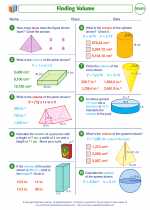Ordering in Mathematics
In mathematics, ordering refers to the arrangement of numbers in a specific sequence based on their magnitudes. The concept of ordering is fundamental to understanding and comparing numbers, and it is commonly used in various mathematical operations and problem-solving scenarios.
Types of Ordering
There are two primary types of ordering in mathematics:
- Ascending Order: Arranging numbers from the smallest to the largest.
- Descending Order: Arranging numbers from the largest to the smallest.
Ordering Numbers
When ordering numbers, it's essential to compare their magnitudes and arrange them accordingly. Here's an example:
Order the following numbers in ascending order: 5, 2, 7, 1, 4
To solve this, we compare the numbers and arrange them from smallest to largest:
- 1
- 2
- 4
- 5
- 7
Practice Problems
Now, let's practice ordering numbers with the following problems:
Order the given numbers in descending order:
- 12, 8, 15, 6, 10
Order the following numbers in ascending order:
- 3.5, 1.8, 2.1, 3.0, 2.6
Solution
For the first problem, the numbers in descending order are: 15, 12, 10, 8, 6
For the second problem, the numbers in ascending order are: 1.8, 2.1, 2.6, 3.0, 3.5
Summary
Ordering is a crucial skill in mathematics, and it helps us compare and arrange numbers effectively. By mastering the concept of ordering, you'll be better equipped to solve mathematical problems and understand the relationships between different quantities.
Practice regularly to improve your ordering skills, and don't hesitate to seek help when needed. Happy ordering!
[Ordering] Related Worksheets and Study Guides:
.◂Math Worksheets and Study Guides Seventh Grade. Finding Volume
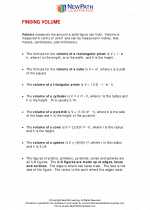
 Activity Lesson
Activity Lesson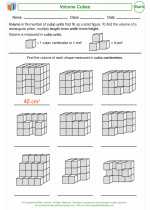
 Activity Lesson
Activity Lesson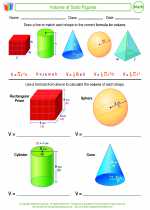
 Activity Lesson
Activity Lesson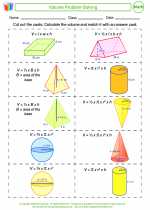
 Worksheet/Answer key
Worksheet/Answer key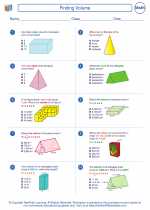
 Worksheet/Answer key
Worksheet/Answer key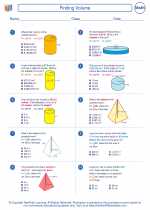
 Worksheet/Answer key
Worksheet/Answer key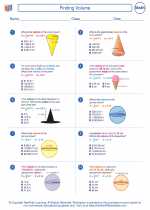
 Worksheet/Answer key
Worksheet/Answer key